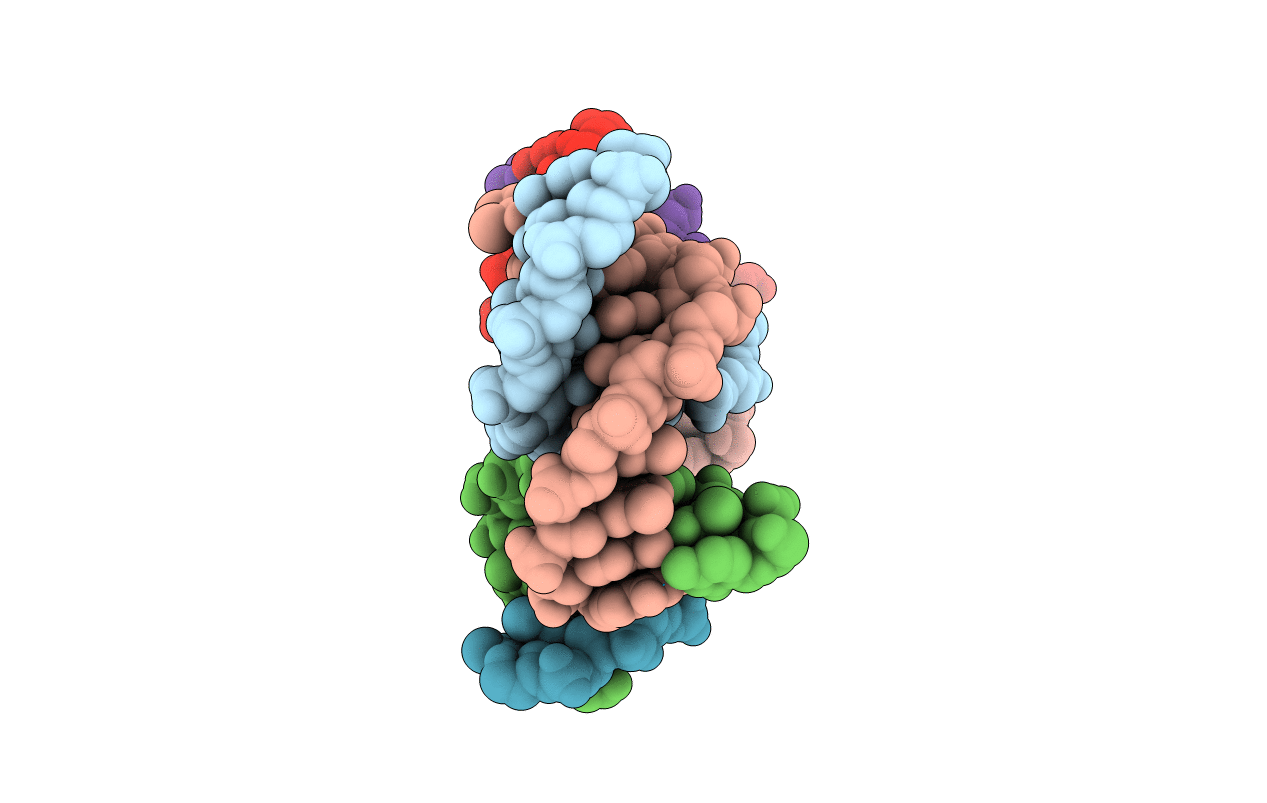
Deposition Date
2018-04-23
Release Date
2018-11-07
Last Version Date
2024-01-17
Method Details:
Experimental Method:
Resolution:
2.85 Å
R-Value Free:
0.27
R-Value Work:
0.22
R-Value Observed:
0.22
Space Group:
P 1


